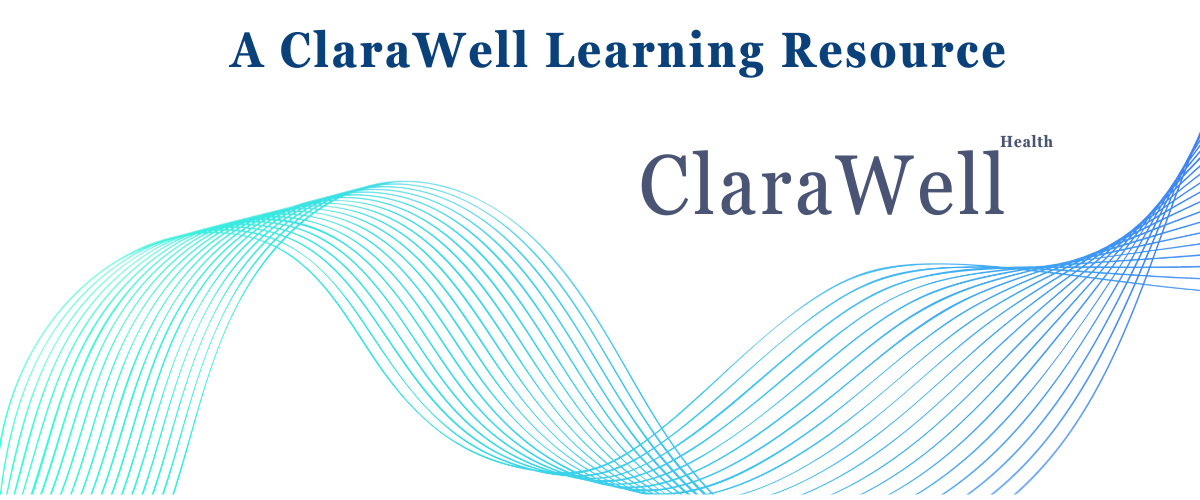Learn with ClaraWell
Symptoms of ADHD

Signs & Symptoms of ADHD
What Are the Signs & Symptoms of ADHD?
ADHD can affect attention, energy levels, emotions, and everyday life. While it looks different in every person, there are some common signs that show up across ages. This guide breaks it down simply so you know what to look for, whether it’s in yourself, your child, or someone you care about.
🔹 What Is ADHD?
ADHD stands for Attention-Deficit/Hyperactivity Disorder. It’s a medical condition that impacts how people focus, manage time, control impulses, and regulate energy. ADHD isn’t about being lazy or careless, it’s how the brain works. The condition usually starts in childhood but can continue into adulthood.
ADHD is more than just trouble sitting still or losing focus. It can affect school, work, relationships, and even self-esteem. Understanding the signs is the first step to getting the right support. For additional reading, you can visit the CDC’s official ADHD resource page.
✅ Common ADHD Symptoms in Everyday Life
While everyone struggles with focus or forgetfulness sometimes, people with ADHD experience these symptoms more often and more intensely. Some of the most common signs include:
- Frequently losing track of items (keys, phone, schoolwork)
- Feeling easily distracted or zoning out during conversations
- Trouble finishing tasks or following through on plans
- Acting impulsively or saying things without thinking
- Restlessness, fidgeting, or trouble staying seated
- Strong emotions that can feel hard to manage
Symptoms can change with age, children may seem more hyperactive, while adults often struggle with focus, time management, or burnout.
🔄 Different Types of ADHD
There are three main types of ADHD, and a person may show signs of one or a mix of all:
- Inattentive Type: Mostly trouble with focus, forgetfulness, and organization
- Hyperactive-Impulsive Type: More physical energy, restlessness, and impulsive actions
- Combined Type: A mix of both inattentive and hyperactive traits
Recognizing your type (or your child’s type) can help guide treatment, coping tools, and support options. You can also learn how ADHD is diagnosed here.
🔎 Symptoms People Often Miss
Not all ADHD symptoms are obvious. Some are quiet, internal, or misread as personality traits. These can include:
- Daydreaming or "spacing out" often
- Difficulty starting tasks (not just finishing them)
- Emotional sensitivity or quick frustration
- Feeling overwhelmed by daily responsibilities
These signs matter just as much. ADHD isn’t always loud, sometimes, it hides in silence.
🔍 Wondering If These Signs Apply to You?
ClaraWell™ offers a quick, helpful screening to give you insight into your potential ADHD risk. It’s private, science-informed, and designed to guide your next steps.
Want to better understand your focus, energy, or attention patterns? ClaraWell™ can walk you through a quick ADHD screener and help you feel more confident about what comes next.
Take the ADHD Risk Screener